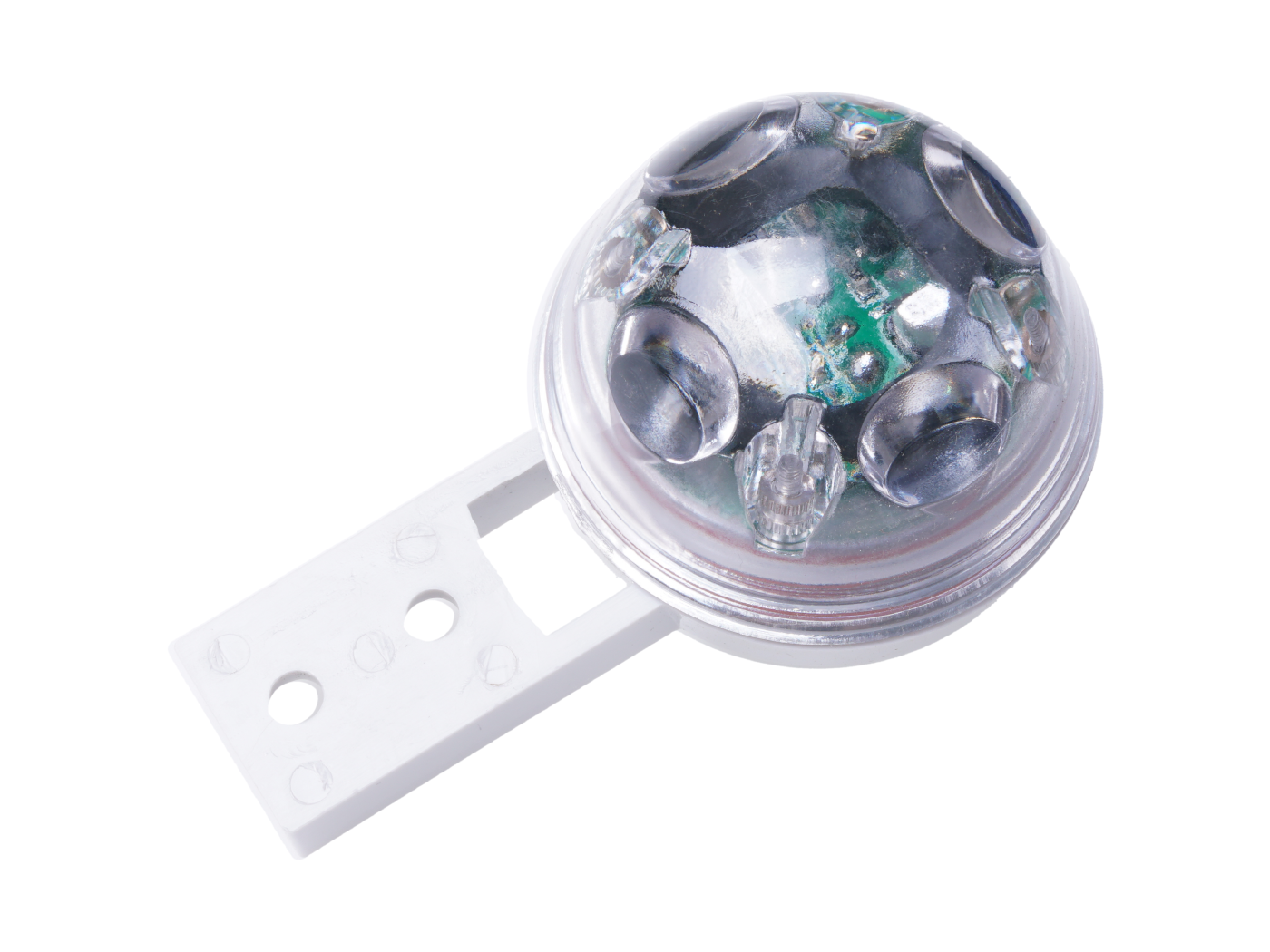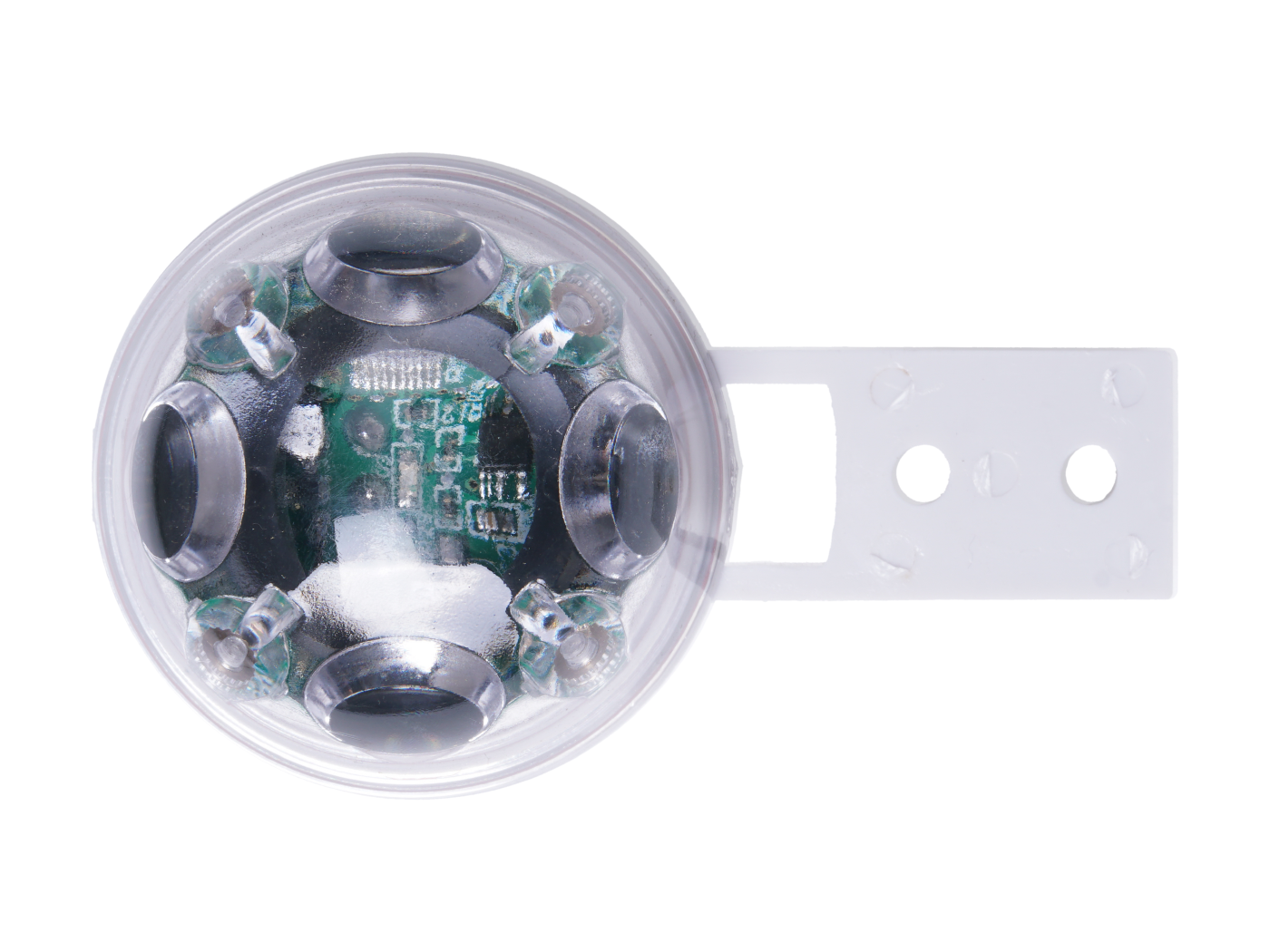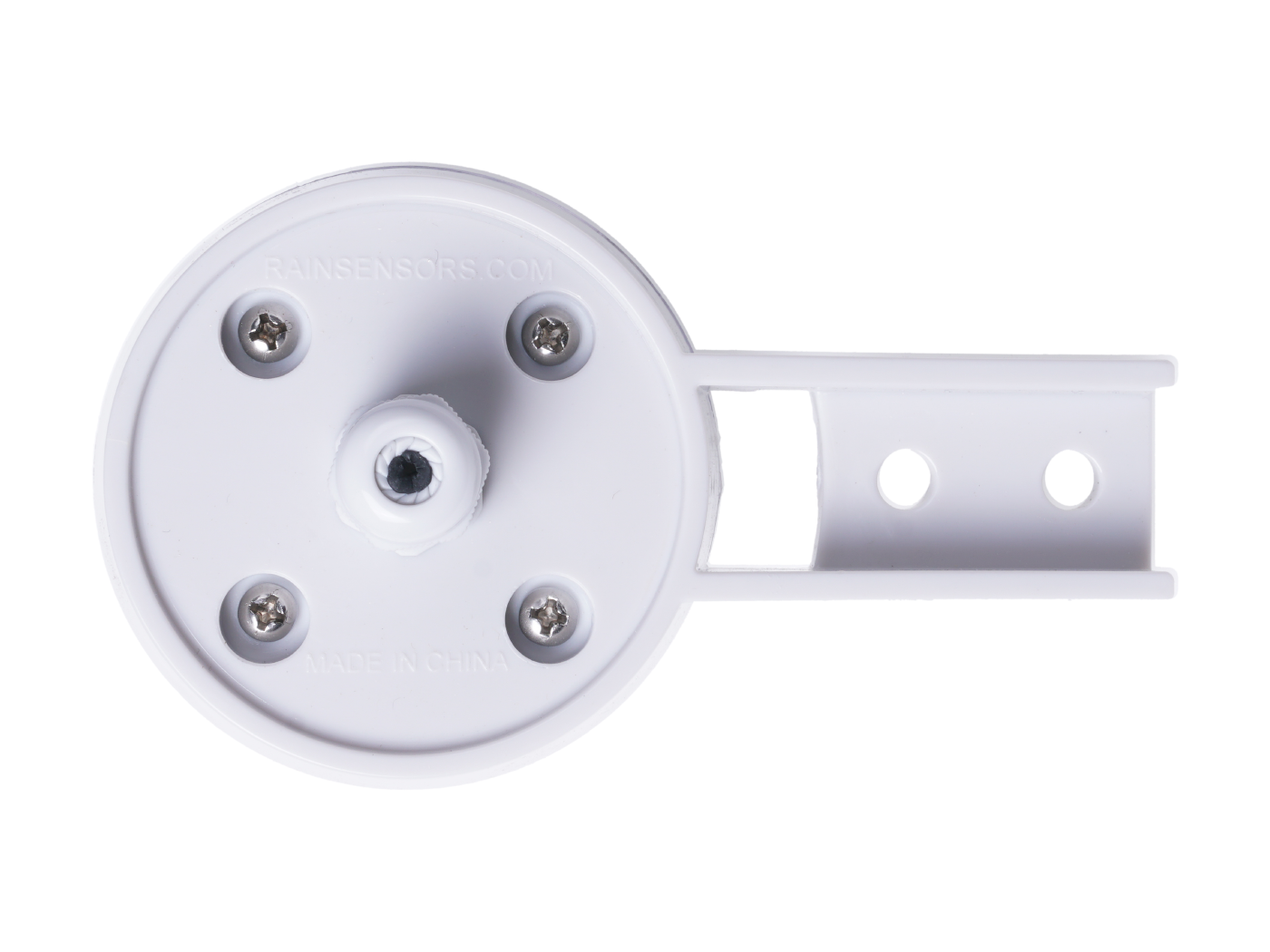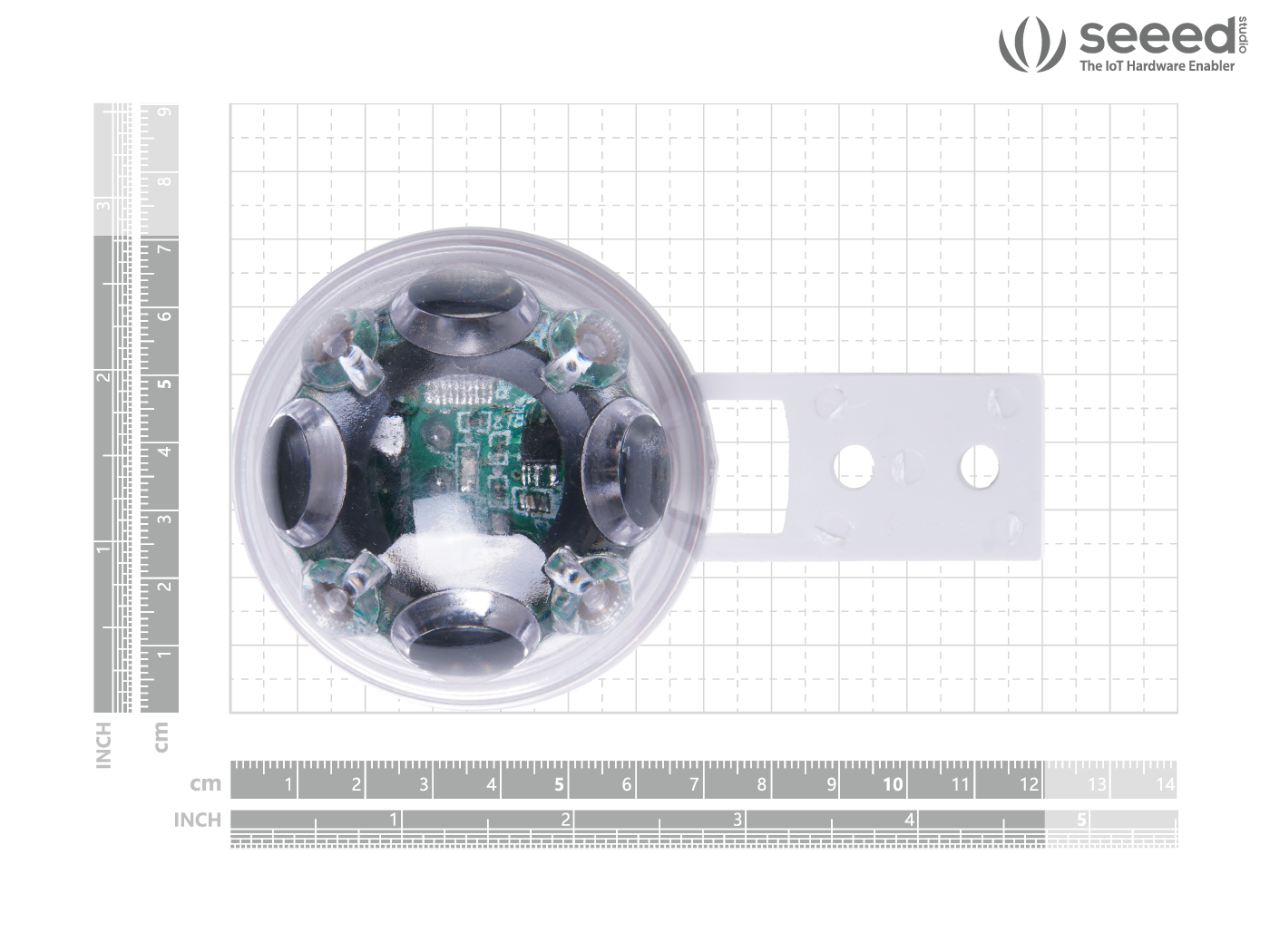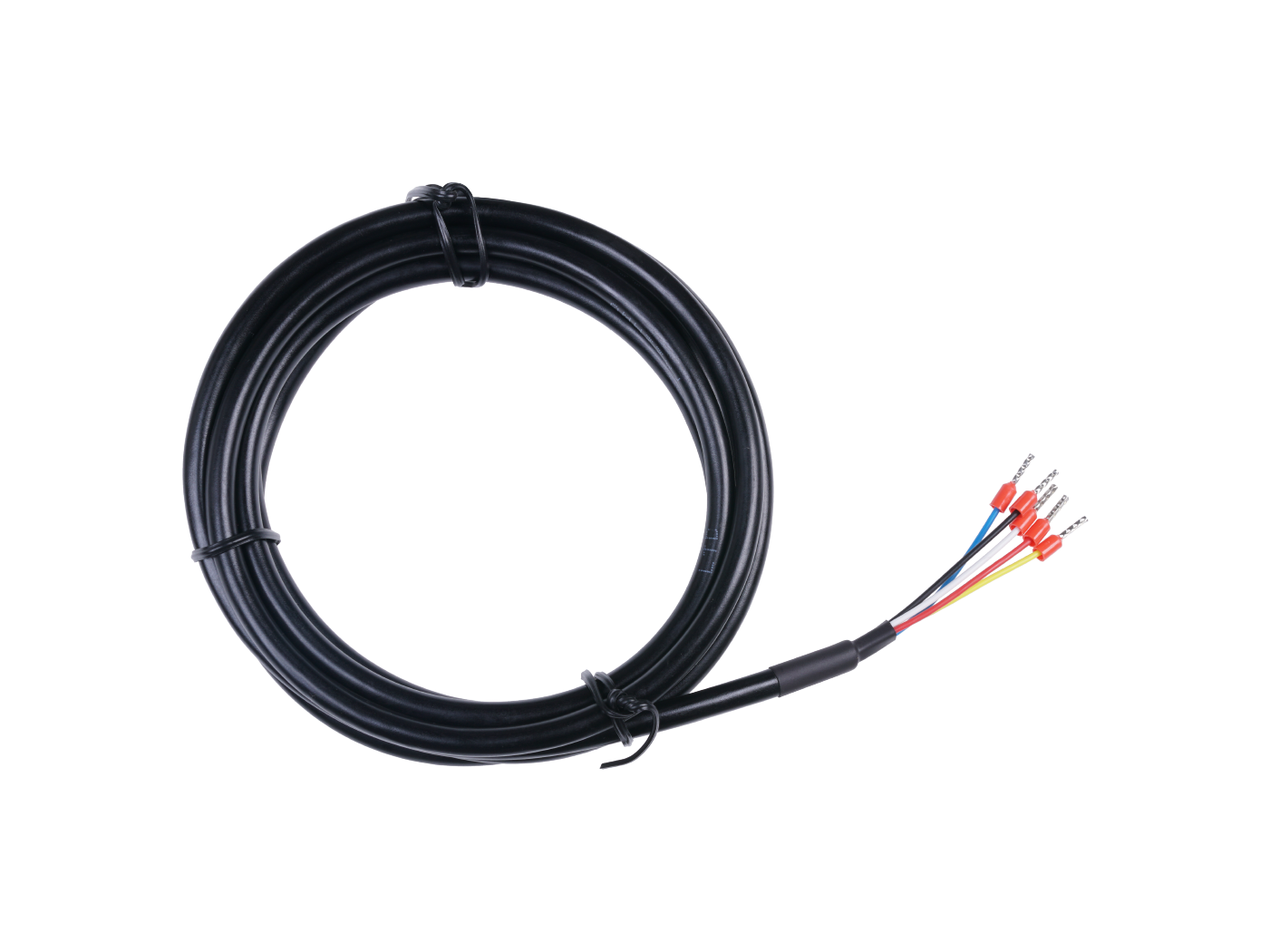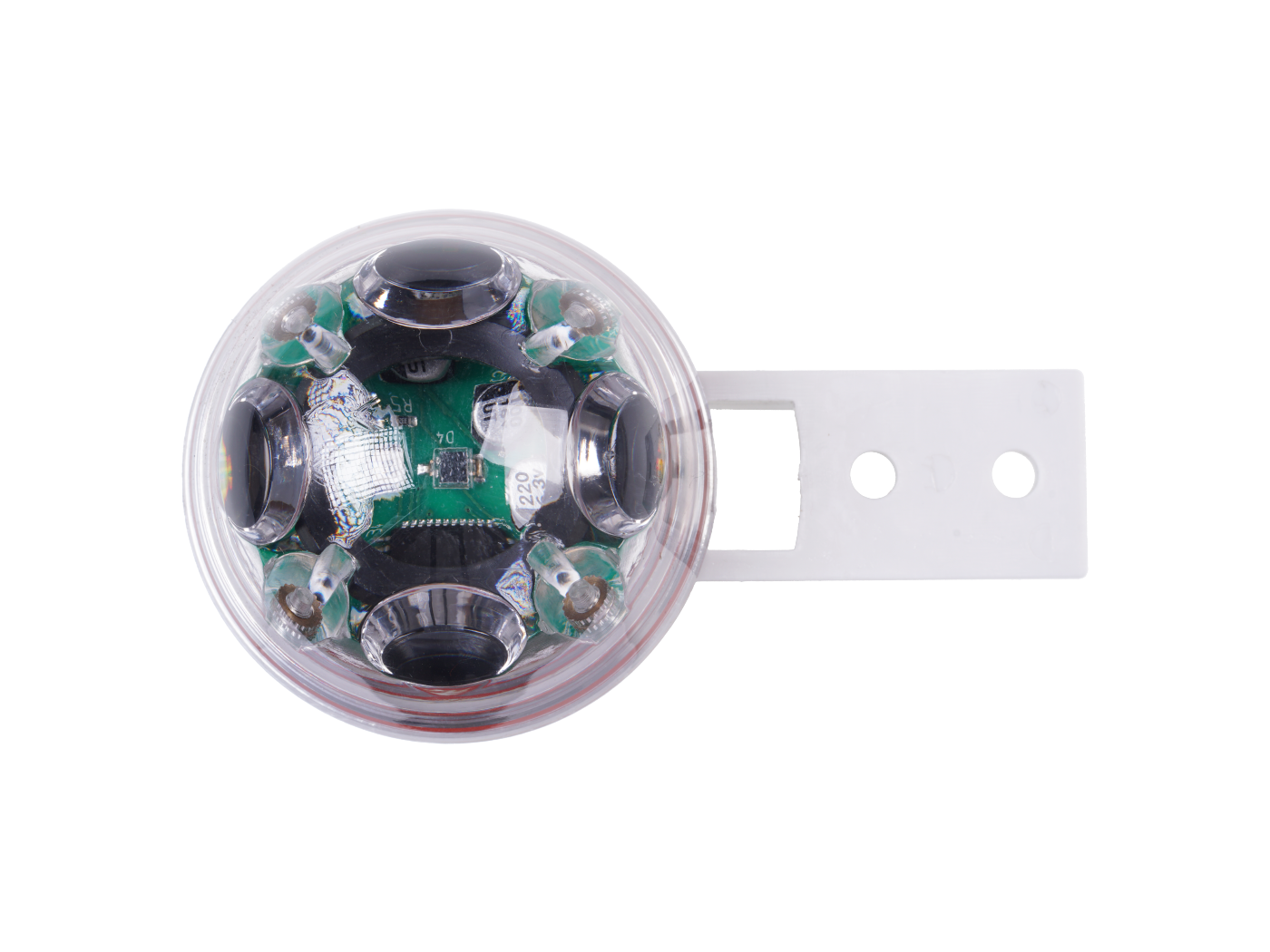Industrial-Grade Optical Rain Gauge RG-15 measures rainfall volume and intensity accurately and reliably. It features easy-installation and maintenance-free, suitable for applications in weather and climate studies, hydrological network monitoring, and agriculture, and other scenarios that need monitoring rainfall data.
Industrial-Grade Optical Rain Gauge RG-15
Features
- Industrial-grade: reliable, accurate, and rugged
- Easy-installation: on weather station masts, buildings, and other infrastructures
- Maintenance-free: no debris and no clogging
- Wide application scenarios
Rainfall volume provides important information for people’s decisions and actions in weather and climate studies, hydrological network monitoring, agriculture, food delivery, and many other industries. Taking agriculture as an example, rainfall is one of the most important sources of water for plant cultivation. With the precipitation information accessible, farmers can make sound decisions for the irrigation schedule and amount, thus make sure there is sufficient water for crop growth, and not too much water that leads to waste, root rot, or other diseases.
Accurate and reliable measurement of rainfall is of vital importance. And this industrial-grade Optical Rain Gauge RG-15 is a perfect fit. It’s a reliable, cost-effective, and rugged rain gauge that uses light beams to determine how much rain has fallen at what intensity.
This industrial-grade optical rain gauge is intended to replace conventional tipping buckets rain gauges. It uses beams of infrared light within a plastic lens about the size of a tennis ball. It’s maintenance-free; with the round surface of the lens, there are no collections of debris, no moving parts to stick or water-pathways to clog.
The RG-15 Optical Rain Gauge features an open-collector output that emulates a conventional tipping bucket, as well as serial communications that provide more detailed data and allow for configuration of the device. It can be configured through the serial port, or optionally via DIP switches. A built-in mounting arm allows for convenient mounting to weather station masts, buildings, and other infrastructure. It’s also suitable for solar-powered applications.
Applications

- Smart Agriculture
- Smart City
- Climate Studies
- Hydrological Network Monitoring
- Condensation and Frost Sensing
- Irrigation Control
- Drop Detection
- Wiper Control
Specifications
| Parameter | Value | Connection Pins |
|---|---|---|
| Nominal Accuracy | ±10% | J1 Terminal J1 – Out J1 – V+ J1 – GND |
| Input Voltage | Range 5-15 VDC 50V surge on J1 Reverse polarity protected to 50V or 3.3VDC through pin 8 on J2 | |
| Current Drain (Not final) | 110 μA nominal. (No outputs on, dry not raining) 2-4 mA when raining | J2 Header J2 – 1 GND J2 – 2 V+ (Same as J1 V+) J2 – 3 OUT (Same as J1 OUT) J2 – 4 RS232 OUT J2 – 5 RS232 IN J2 – 6 J2 – 7 MCLR J2 – 8 3.3V |
| Output | NPN Open Collector Output 100 mA / 80V Max | |
| Operating Temperature | -40°C to +60°C (Will not detect rain when freezing) | |
| Output Resolution | 0.01in / 0.2mm or 0.001in / 0.01mm | |
| RS232 Port | 3.3 V | |
| Supported Baud Rates | 1200, 2400, 4800, 9600, 19200, 38400, 57600 |

